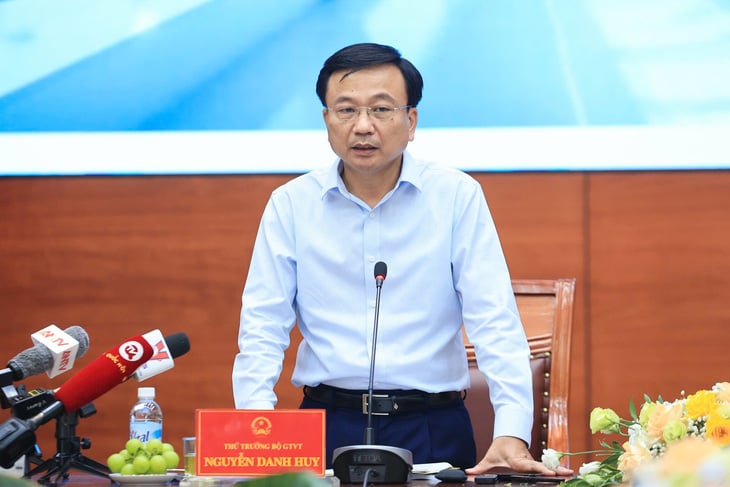
Deputy Minister of Transport Nguyen Danh Huy talks to the press about the high-speed railway project on the afternoon of October 1 – Photo: TA HAI
If borrowing from abroad, there must be few binding conditions.
Deputy Minister of Transport Nguyen Danh Huy said so when answering Tuoi Tre Online at a press briefing on the investment policy for the high-speed railway project on the North-South axis on the afternoon of October 1.
Through Mr. Huy's presentation of the project, the reporter asked: The North-South high-speed railway project is proposed for public investment and ensures the ability to arrange capital according to the medium-term public investment plan, so do we have to borrow to invest in the high-speed railway project?
Deputy Minister Nguyen Danh Huy said that according to the Law on Public Investment, if public investment is to be done, 100% of the budget capital must be used. According to the budget law, there are many sources of budget capital, which can be balanced from revenue and expenditure. If it is not enough , government bonds or international bonds can be issued to ensure capital sources.
“With the spirit of independence, self-reliance, self-reliance and self-reliance, the Politburo decided not to depend on foreign countries. Because borrowing from any country will be binding.
Therefore, we determine that public investment uses domestic capital sources. The Government will have a plan to mobilize domestic capital sources and, depending on the balance, can issue bonds.
In the case of foreign loans, there must be preferential conditions, few constraints, and the biggest condition is to transfer technology to Vietnam" - Mr. Huy said.
Regarding the choice of which country's technology to use when there are currently many countries with technology to build railways with a speed of 350km/h, Mr. Huy said that the choice of which country's technology is evaluated based on many factors, price is only one factor.
It is necessary to base the selection on the ability to support and transfer technology. In the project feasibility study step, specific technical factors will be calculated as the basis for selection.
According to Deputy Minister Nguyen Danh Huy, the pre-feasibility study report for the North-South high-speed railway project clearly stated that Vietnam has no contractors who have ever built high-speed railways. However, with the participation of foreign contractors, the prerequisite is to use domestically produced goods and services, creating conditions for domestic enterprises to participate in the construction market worth up to 34 billion USD.
“For the infrastructure part, we have a team of self-sufficient contractors who can build bridges, tunnels, and cable-stayed bridges to participate in the project,” said Mr. Huy.
Proposal to choose design speed of 350km/h mainly for passenger transport
According to the Ministry of Transport, in the process of preparing the pre-feasibility study report for the high-speed railway project on the North-South axis, the experience of developing high-speed railways in 22 countries and territories that are currently operating and 6 countries that are investing in new construction was synthesized; the interdisciplinary working group surveyed 6 countries with developed high-speed railway systems.
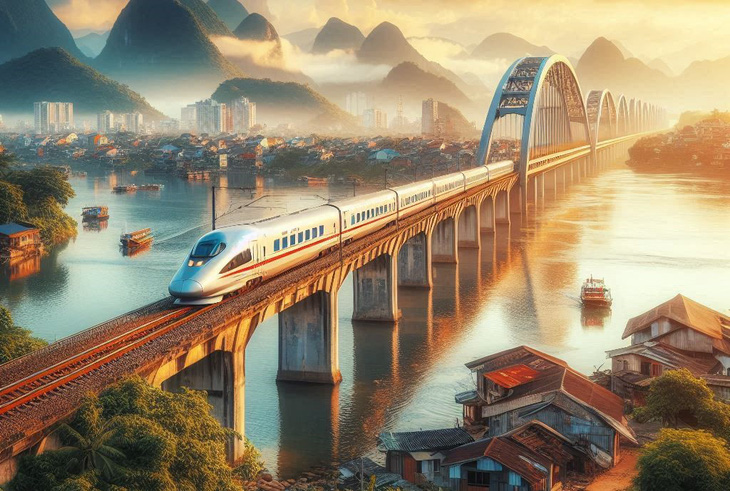
The North-South high-speed railway is proposed to have a design speed of 350km/h, mainly carrying passengers, combined with cargo when necessary - Illustration photo: AI
From there, the Ministry of Transport proposed the overall function of the railway on the North-South axis as follows: high-speed railway transporting passengers, meeting dual-use requirements for national defense and security, and being able to transport goods when necessary; the existing North-South railway transporting goods (heavy goods, bulk goods, liquid goods, etc.) and short-distance tourists.
Because, 250km/h speed railways were developed about 50 years ago and were popular in the period about 25 years ago, suitable for short and medium routes.
Currently, speeds of 350km/h and higher are the development trend in the world, suitable for routes of 800km or more, concentrating many urban areas with high population density such as the North-South corridor of our country.
According to the consultant's calculation, on the Hanoi - Ho Chi Minh City route, a speed of 350km/h is likely to attract about 12.5% more passengers than a speed of 250km/h.
The investment cost for a speed of 350km/h is about 8-9% higher than that for a speed of 250km/h (infrastructure is about 7% higher; vehicles and equipment are about 17% higher). However, if investing in a speed of 250km/h, upgrading to a speed of 350km/h is difficult to implement and ineffective.
To invest in the 1,541km North-South high-speed railway, consultants have preliminarily determined the total investment to be about 67.34 billion USD (about 1,713 trillion VND).
It is expected that the state budget capital will be allocated in the medium-term public investment plans to complete the project by 2035 in about 12 years, with an average of about 5.6 billion USD per year.
This figure is equivalent to 24.5% of the annual medium-term public investment capital allocated in the 2021-2025 period and will decrease to about 16.2% in the 2026-2030 period if the current medium-term public investment ratio is maintained (accounting for 5.5-5.7% of GDP).
According to the Ministry of Finance's assessment of public debt safety indicators when implementing project investment, by 2030 all three criteria: public debt, government debt, and national foreign debt will be lower than the permitted level.
High-speed rail fares are 75% of average air fares
According to the proposal of the Ministry of Transport, the North-South high-speed railway route passes through 20 provinces and cities from Hanoi to Ho Chi Minh City.
In addition to 23 passenger stations, the route has 5 freight stations, 5 depots serving the assembly, repair and maintenance of passenger trains and 4 depots serving the repair and maintenance of freight trains.
The high-speed rail ticket price is expected to be about 75% of the average airfare of low-cost and economy airlines (average ticket price of Vietnam Airlines and Vietjet). High-speed rail tickets are divided into 3 price levels corresponding to different levels of comfort.
Preliminary calculations at the present time: first class ticket is 0.180 USD/km (VIP compartment); second class is 0.074 USD/km; third class is 0.044 USD/km. Corresponding to the Hanoi - Ho Chi Minh City route: first class ticket is 6.9 million VND; second class ticket is 2.9 million VND; third class ticket is 1.7 million VND.
Expected progress of the project: submit to the National Assembly for approval of investment policy in October 2024; start construction of component projects on Hanoi - Vinh and Nha Trang - Ho Chi Minh City sections around the end of 2027; start construction of component projects on Vinh - Nha Trang section in 2028; strive to complete construction of the entire route in 2035.
Tuoitre.vn
Source: https://tuoitre.vn/dau-tu-duong-sat-toc-do-cao-bac-nam-hon-67-ti-usd-khong-phu-thuoc-von-vay-nuoc-ngoai-20241001144553752.htm#content-2


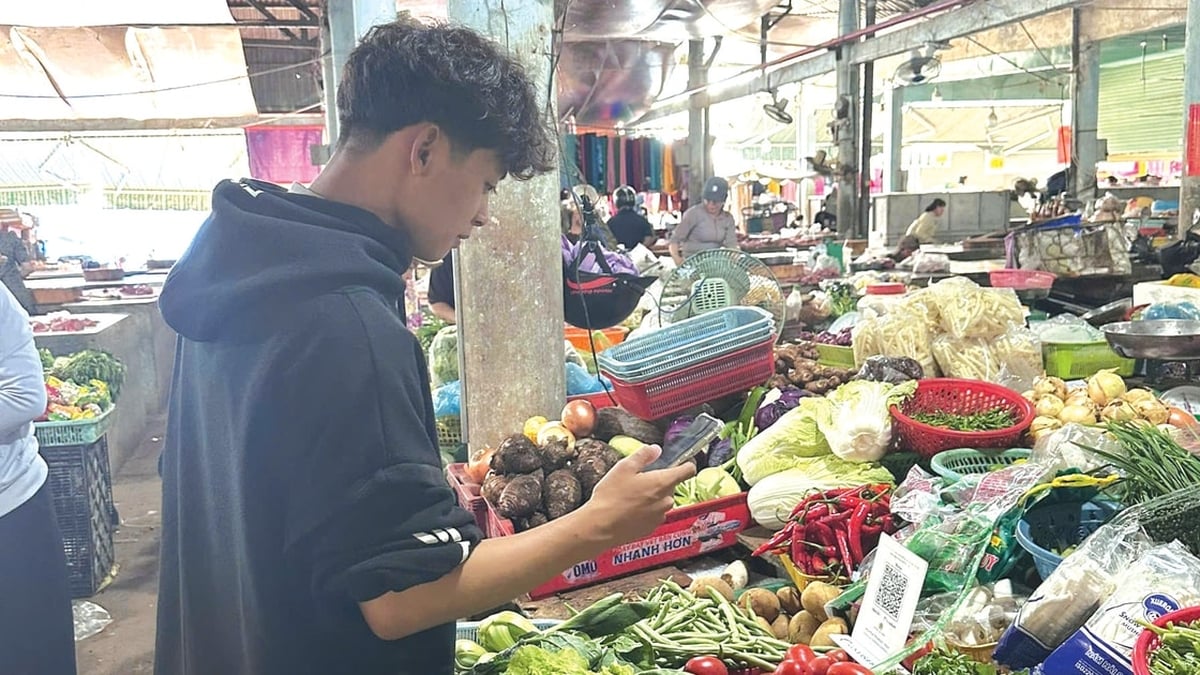
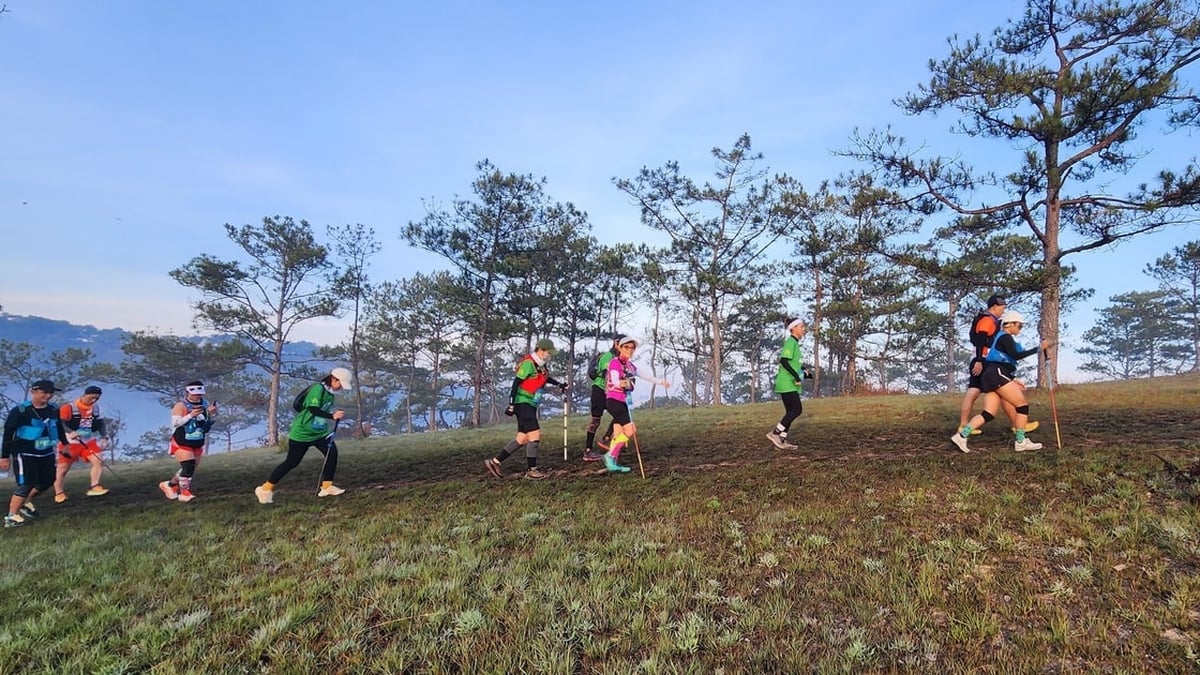
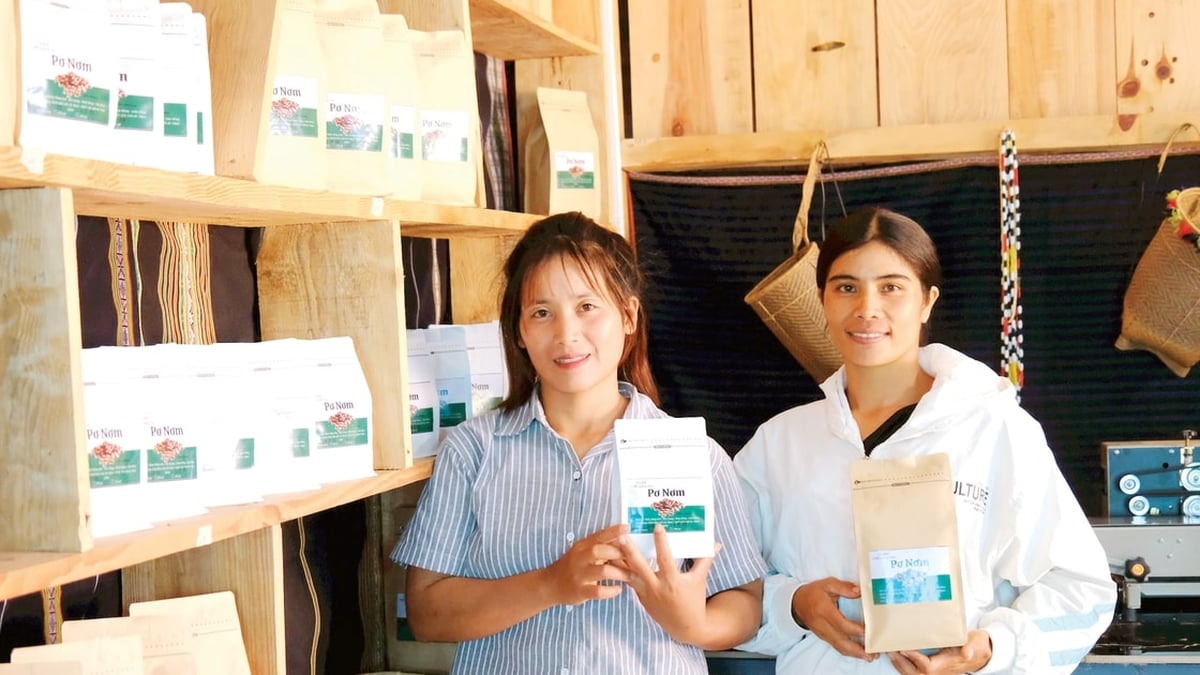
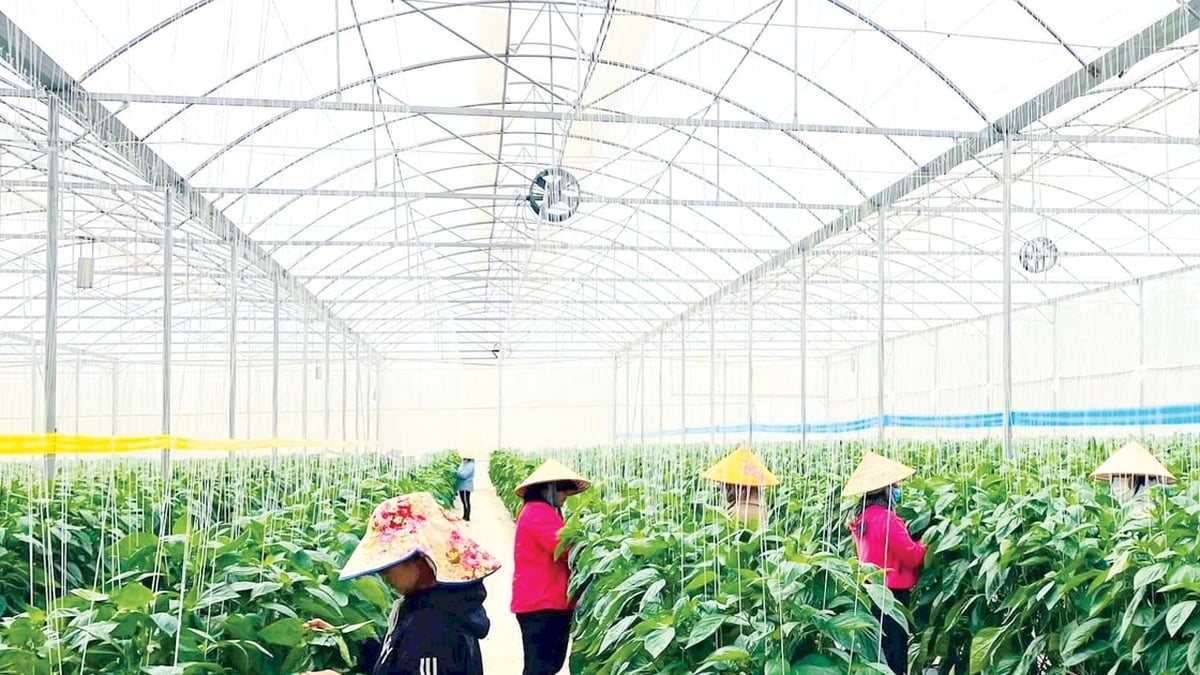
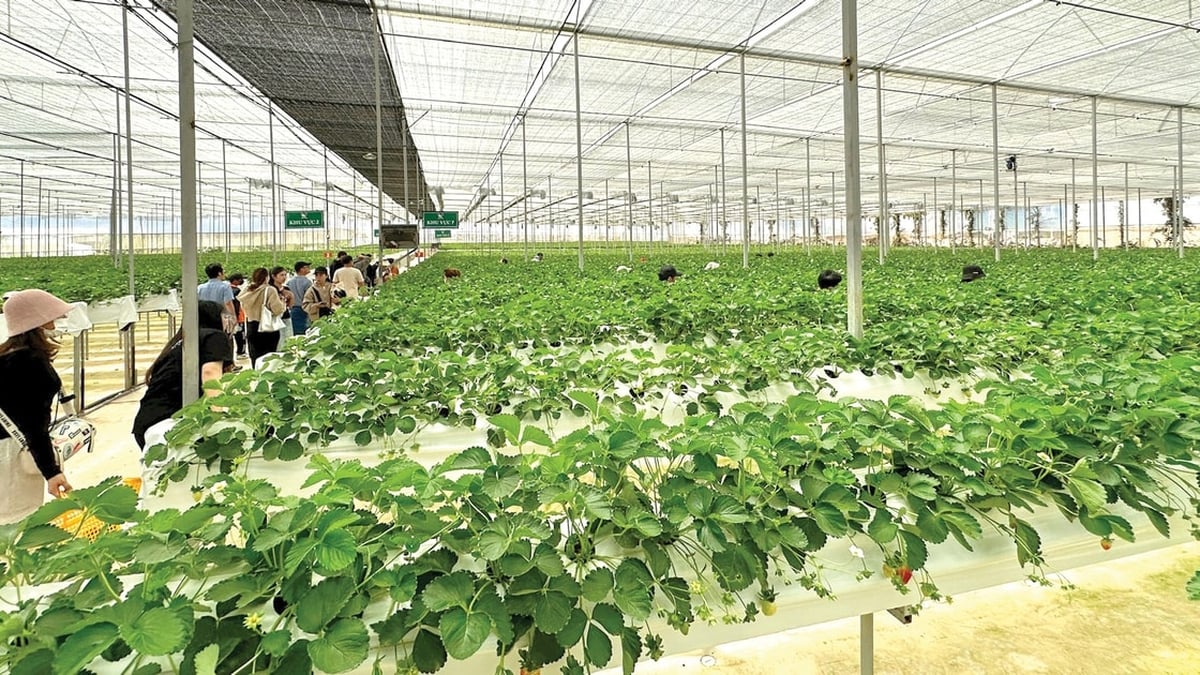
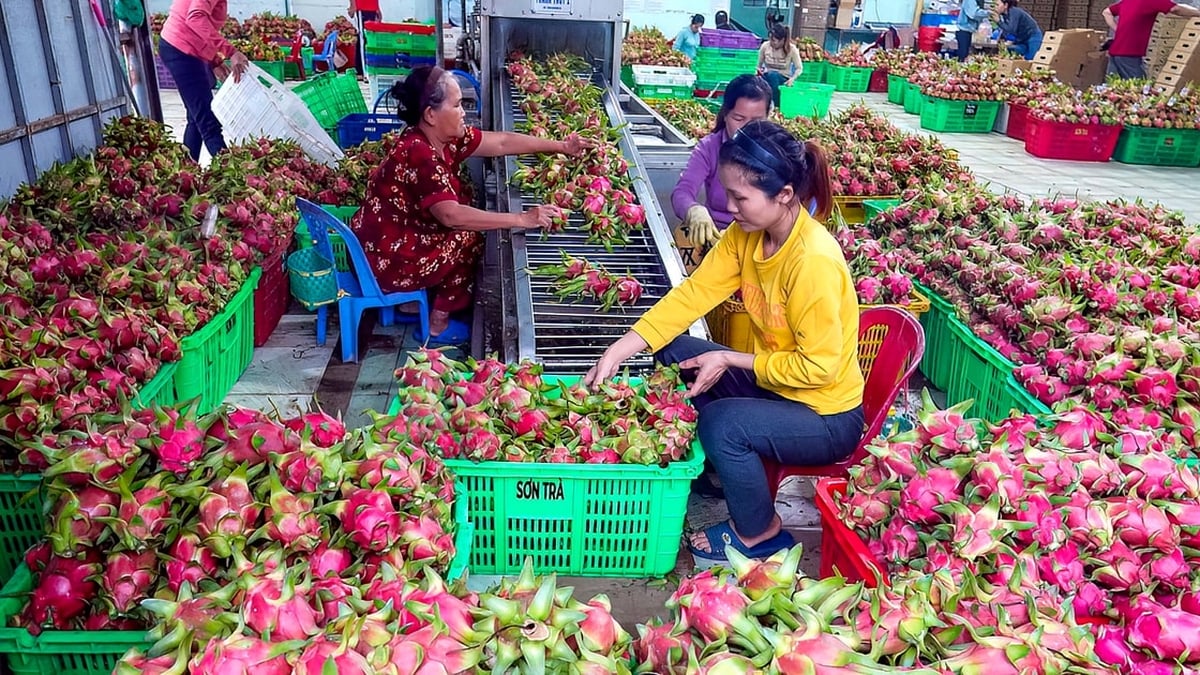

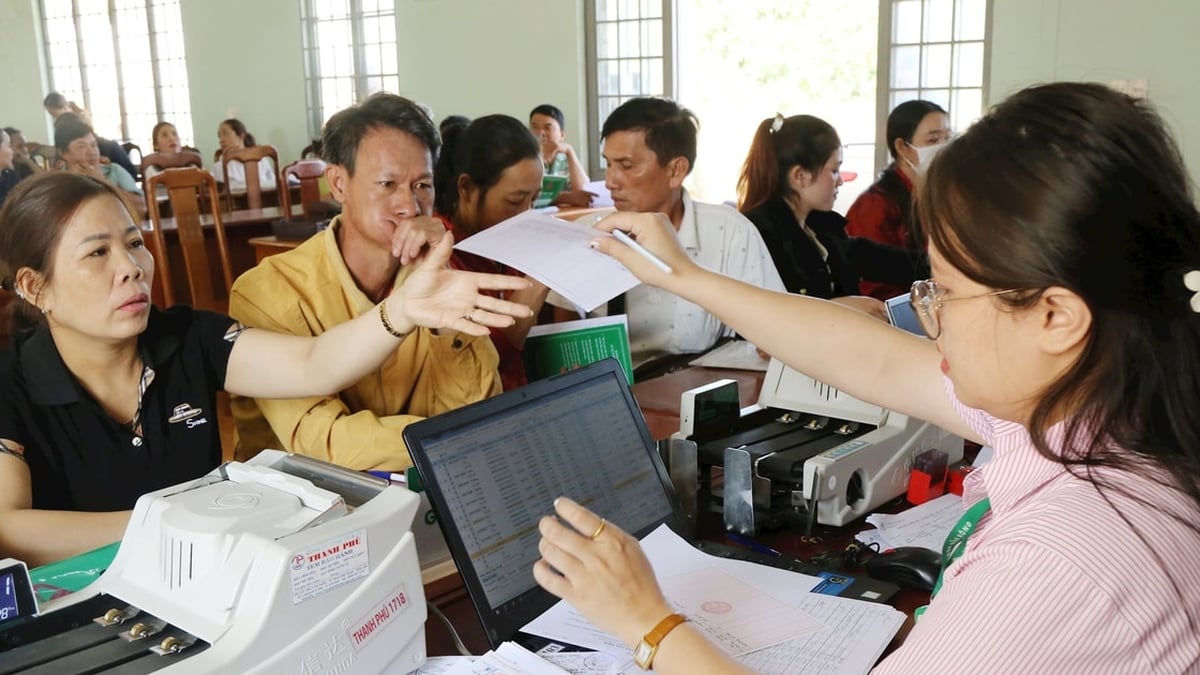
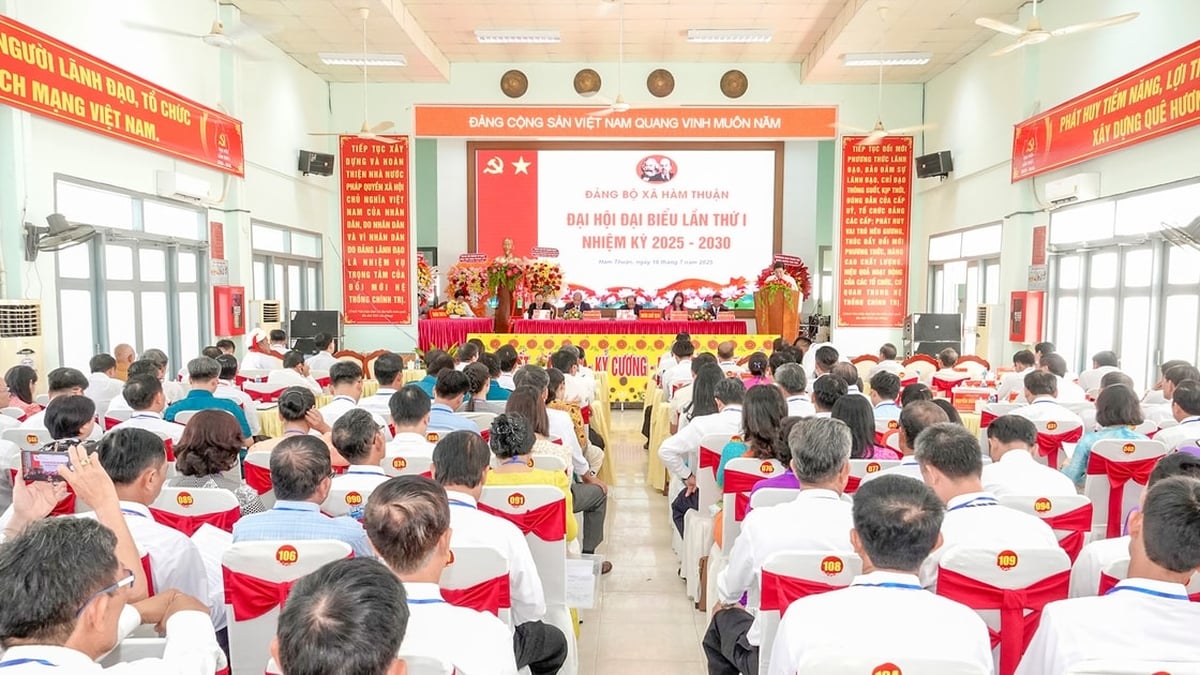


















































































![[Infographic] In 2025, 47 products will achieve national OCOP](https://vphoto.vietnam.vn/thumb/402x226/vietnam/resource/IMAGE/2025/7/16/5d672398b0744db3ab920e05db8e5b7d)





Comment (0)